New York Times published an article about Tajik dishes in Brooklyn
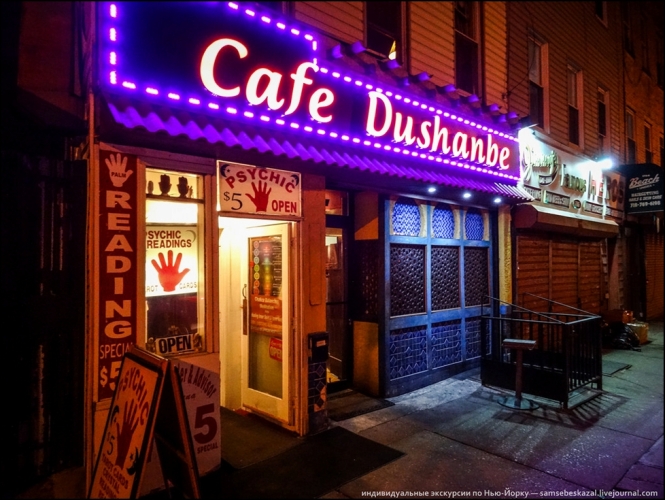
DUSHANBE, 25.06.2018 /NIAT “Khovar”/. On June 21, the New York Times published an article by Ligayu Mishan entitled “At Cafe Dushanbe, a Chef Stays True to His Tajik Roots”. The article tells about Tajik dishes in Brooklyn, including kurutob at the Cafe Dushanbe, which operates in Sheepshead Bay, Brooklyn, New York. Below we provide this article to our readers:
The landlocked nations of Central Asia share many dishes, but there is one that belongs to Tajikistan alone. And Cafe Dushanbe in Sheepshead Bay, Brooklyn, may be the only restaurant in New York that serves it.
It begins with fatir, a bread of simple dough pressed and stretched, glossed with butter, rolled in on itself and squashed flat. In the oven, the layers swell, multiplying, ready to flake. Eaten on its own, the bread is a chapbook of crackly glassine sheets and thicker, chewy panels, hoarding its stores of butter without leaking a drop.
But to make kurutob, the country’s culinary claim to greatness, fatir is torn by hand — never touched with a knife; in Tajikistan, bread is revered and must not be cut, set facedown on a table or dropped — it is arranged in a loose nest at the bottom of a wooden bowl.
The next ingredient is kurut (from which kurutob takes its name), a profoundly salty yogurt palmed into little orbs and left in the sun to grow hard and dry. Here, balls of kurut are submerged in hot water until it turns milky. This is the dressing for kurutob, to be poured over the shredded fatir, followed by onions fried in poppy-seed oil, with its faint smack of almonds. Over this go juicy tomatoes and cucumber limned with vinegar and olive oil, and finally a scattering of cilantro, dill and raw jalapeños — just a few, but vital.
In Dushanbe, Tajikistan’s capital, kurutob is often eaten with the fingers while sitting on thin mattresses around a tablecloth spread on the floor. In Brooklyn, with the scent of saltwater coming across the boardwalk half a block away, there are tables and cutlery. But the spirit of the restaurant is still elsewhere, with pale sheets draped over the ceiling and peaked niches in the walls, painted with the ghostly backdrop of a minaret against a blue sky, as if they were windows.
The rest of the menu recalls other Silk Road and Russian restaurants around town, but is no less thrilling for it. Samsa — meat pies in bulging triangles of puff pastry and smaller rounds with a softer wrap of dough — arrive with the meat (lamb and beef, minced fine) still succulent, their fats half-liquid and running.
Great spears of shashlik come wafting smoke: lamb ribs that barely require action from the teeth; dense, minerally veal liver with a hint of bounce; and beef roulade, the meat hammered and curled around a slice of fat, so you taste first salt, then pillow and ooze.
Noodles are hand-pulled and beautifully pliant in lagman, a soup so heavy, it almost qualifies as stew. Okroshka, a cooler summer soup, is made with the same yogurt as in kurut, although here the salt has subsided; crisp radish and dill lend brightness, and a quail egg, chopped, a hint of cream.
Best of all is morkovcha: a seemingly ordinary heap of julienne carrots, wholly in thrall to garlic and vinegar, with a dusky, snaking trail of cumin. It’s a distant heir to Korean kimchi, evolved from the traditions of Korean settlers in the Russian Far East who were deported to Central Asia under Stalin. The version here is more earthy than sweet, heat subordinate to musk, and has a voluptuousness of flavor I haven’t found elsewhere.
Alidzhon Imamov, the chef and a native of Tajikistan, opened the restaurant in 2013 under the name Cafe Rokhat. (He changed it to Cafe Dushanbe after buying out his business partner in 2015.) He now also runs two takeout counters in the neighborhood, specializing in Russian and Central Asian staples, along with the recently opened Heaven on the Bay around the corner on Emmons Avenue, where the menu lists beef Stroganoff alongside oysters Rockefeller and Japanese yakitori.
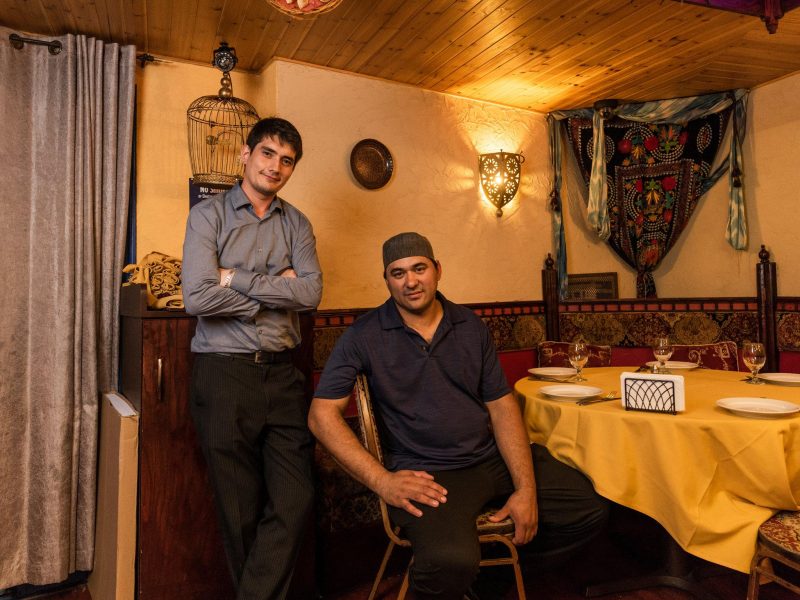
The owner and chef Alidzhon Imamov, right, and the manager Aslam Abdulloev, left, are natives of Tajikistan. Sasha Maslov for The New York Times
At Cafe Dushanbe, Mr. Imamov stays true to his roots except in the desserts — the likes of apple strudel, crème brûlée and coconut cheesecake — which come striped in chocolate sauce. Order the doughnuts, and they prove to be Russian ponchiki, fistfuls of fried dough piped with caramel inside, whose kin (bomboloni, sufganiyot, Berliners) appear in various forms around the world. They’re a surprise and a delight, and a reminder that pleasure rarely observes borders.












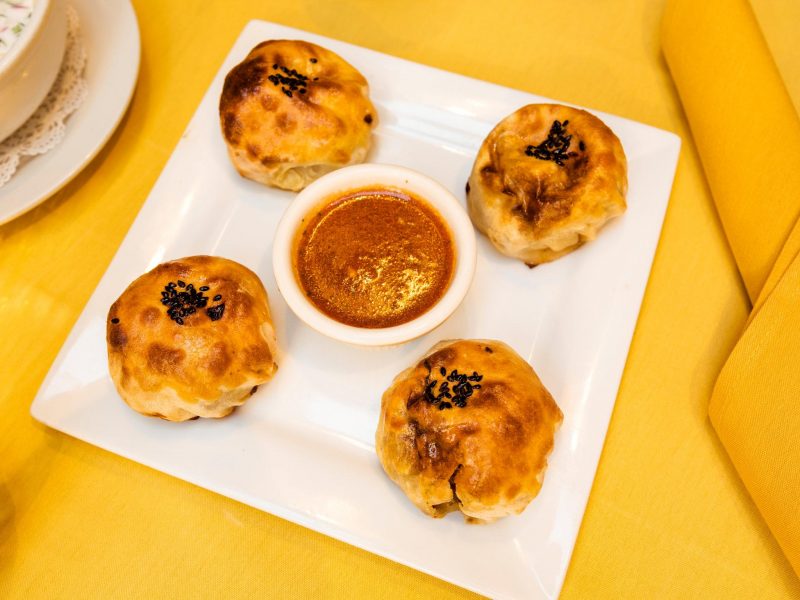
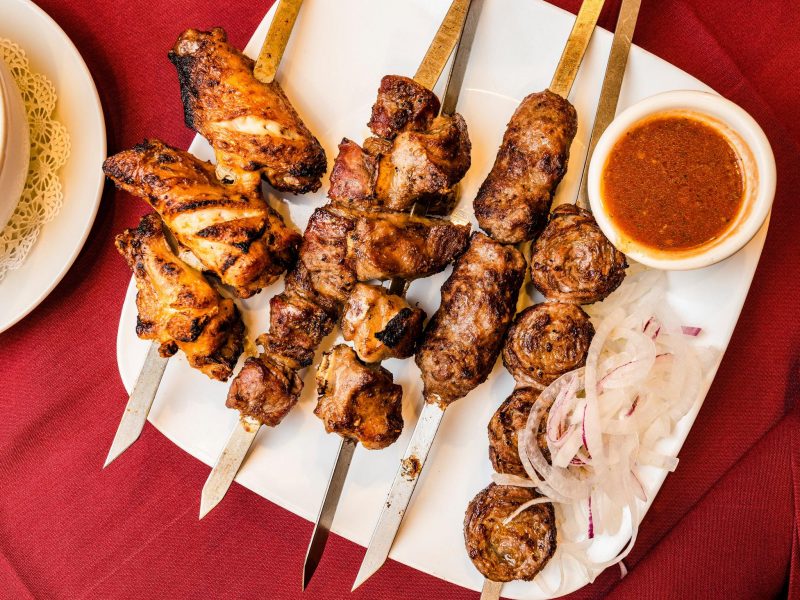
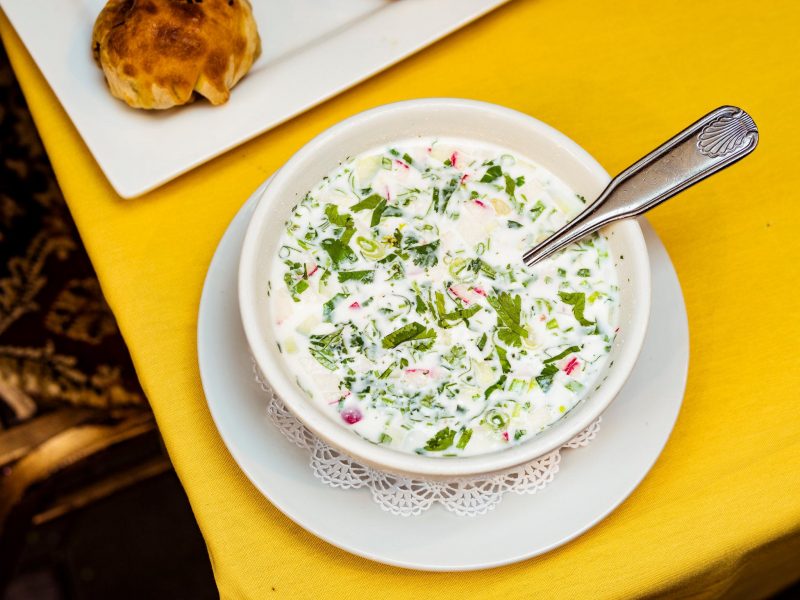

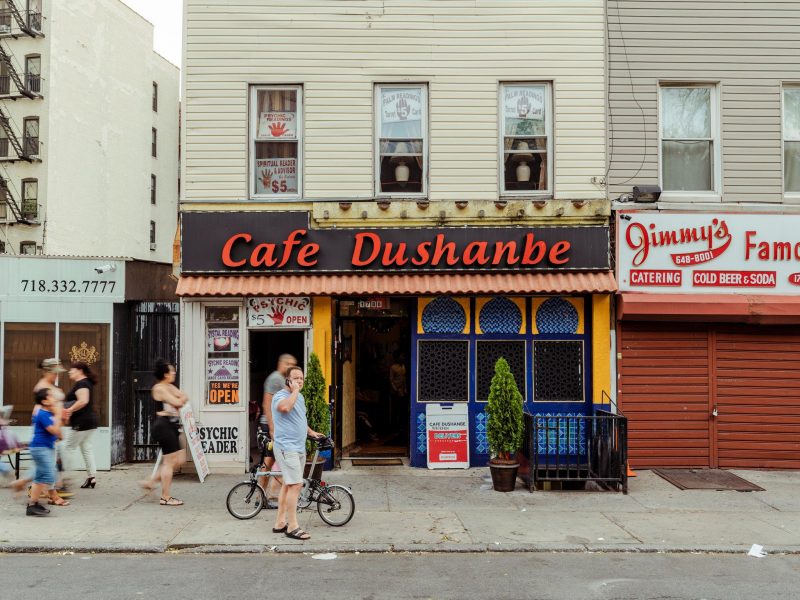
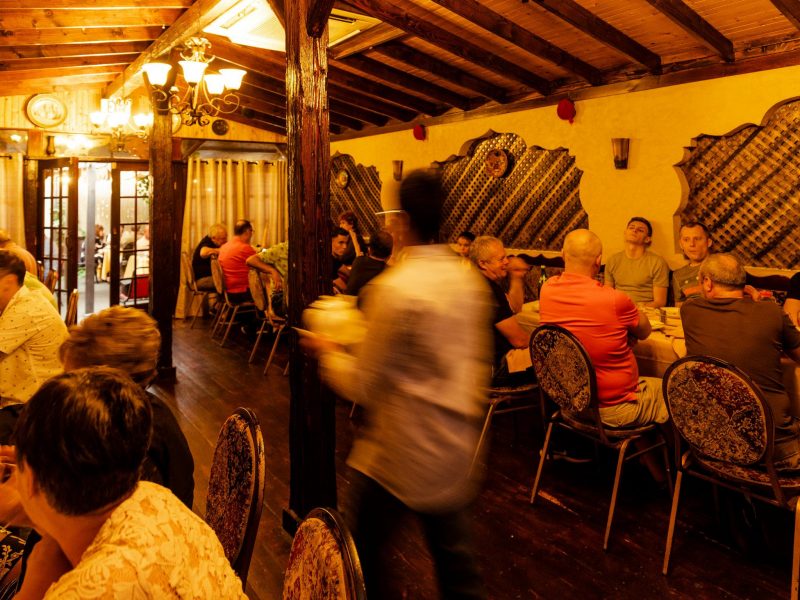
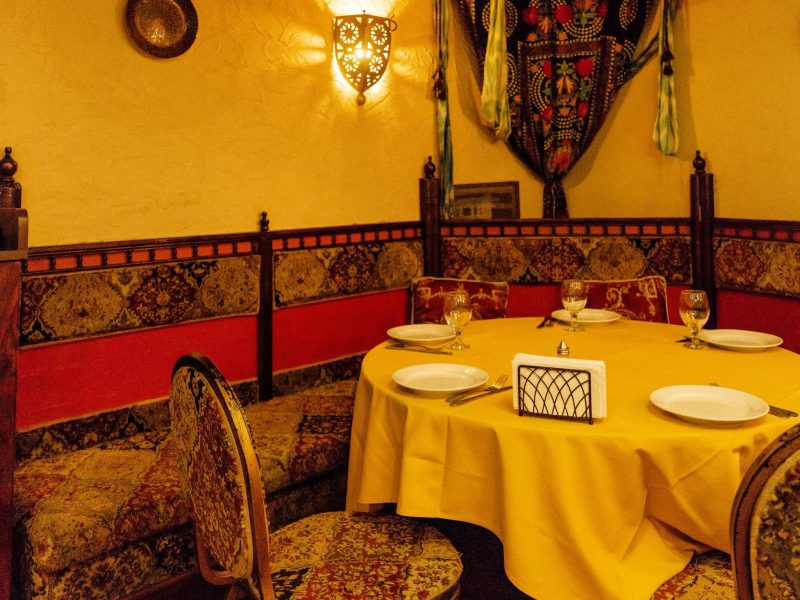
 Dushanbe to Host Free “City Tour” on World Tourism Day
Dushanbe to Host Free “City Tour” on World Tourism Day DITE-2025: Dushanbe Emerging as a New International Tourism Hub
DITE-2025: Dushanbe Emerging as a New International Tourism Hub Dushanbe to Host Annual Tourism Exhibition
Dushanbe to Host Annual Tourism Exhibition Over 200 Companies Participate in DITE-2025
Over 200 Companies Participate in DITE-2025 DITE-2025 Kicks Off at the Dushanbe Expo International Center
DITE-2025 Kicks Off at the Dushanbe Expo International Center Dushanbe Steps Up Preparations for Major International Tourism Exhibition
Dushanbe Steps Up Preparations for Major International Tourism Exhibition Over 450,000 Tourists Arrived in Dushanbe in 2025
Over 450,000 Tourists Arrived in Dushanbe in 2025 More Than 17,000 Tourists Visited Gorno-Badakhshan Autonomous Region in 2025
More Than 17,000 Tourists Visited Gorno-Badakhshan Autonomous Region in 2025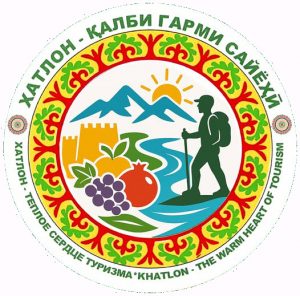 International Tourism Forum “Khatlon – the Flaming Heart of Tourism” to Be Held in Kulob
International Tourism Forum “Khatlon – the Flaming Heart of Tourism” to Be Held in Kulob Tajikistan’s International University of Tourism and Entrepreneurship Expands Cooperation with Asian Development Bank
Tajikistan’s International University of Tourism and Entrepreneurship Expands Cooperation with Asian Development Bank Khatlon Sees Boost in Tourism from Both Local and Foreign Visitors
Khatlon Sees Boost in Tourism from Both Local and Foreign Visitors Season of Intracity Tourist Routes “Red Bus Tours” Will Begin in Dushanbe
Season of Intracity Tourist Routes “Red Bus Tours” Will Begin in Dushanbe














